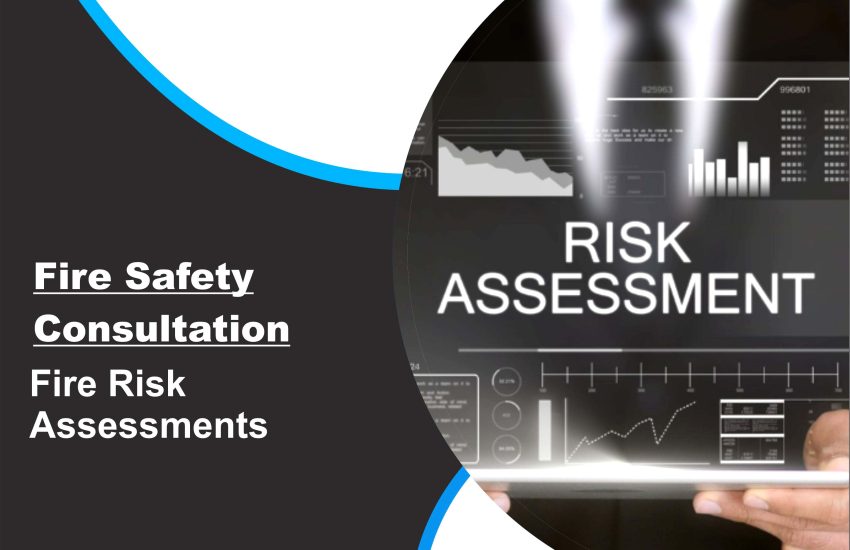Purpose of Fire Risk Assessments is a structured evaluation process designed to identify potential fire hazards, assess risks, and implement preventative measures. It ensures that fire safety procedures and precautions are in place and effective.
The Legal Mandate
Under the Regulatory Reform (Fire Safety) Order 2005, it is a legal requirement for the ‘responsible person’—typically the building owner, employer, or occupier—to:
- Conduct a comprehensive fire risk assessment
- Review and update it regularly, especially after any changes to the premises, occupancy, or fire safety arrangements
Purpose of Fire Risk Assessments
Fire risk assessments serve several critical functions that support both safety and compliance.
1. Identify Fire Hazards
- Recognize potential sources of ignition, fuel, and oxygen that could lead to a fire
- Evaluate how fire might start and spread in the building
2. Protect Occupants
- Ensure that fire safety measures like alarms, extinguishers, and escape routes are in place
- Design effective evacuation procedures to protect all building occupants
3. Comply with Fire Safety Regulations
- Demonstrate legal compliance with UK fire safety legislation
- Avoid fines, enforcement notices, or legal actions
Why Fire Risk Assessments Are Essential
Life Safety
The primary objective is to protect life by minimizing fire risks and enabling safe evacuation during emergencies.
Property Protection
Fire risk assessments help reduce the likelihood of fire incidents, safeguarding your assets, infrastructure, and operations.
Legal Compliance
Staying compliant with fire regulations helps you avoid penalties, maintain insurance coverage, and protect your reputation.
Consequences of Non-Compliance
Failing to conduct a fire risk assessment can lead to:
- Hefty fines or imprisonment for the responsible person
- Enforcement notices issued by the fire authority
- Increased risk of fire incidents, injury, loss of life, and costly damage
Who Needs a Fire Risk Assessment?
A fire risk assessment is mandatory for:
- Offices and shops
- Factories and warehouses
- Public buildings (schools, hospitals, libraries)
- Common areas of residential buildings (flats, HMOs)
- Hospitality venues (hotels, restaurants, pubs)
Conclusion
The purpose of a fire risk assessment is not just to meet legal obligations—it’s to create a safe, compliant, and protected environment for everyone. Regular assessments, proper documentation, and the implementation of fire safety measures are crucial steps in responsible building management.


